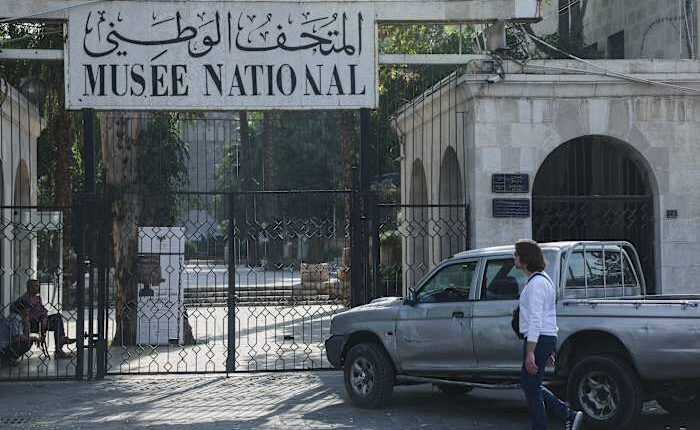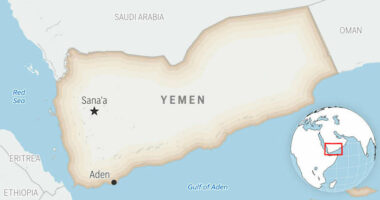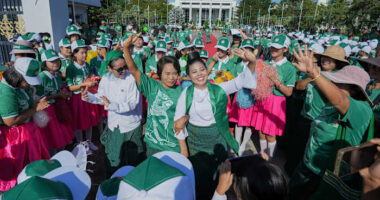Share this @internewscast.com

DAMASCUS – Officials revealed on Wednesday that the recent theft of several Roman-era statues from Syria’s national museum appears to have been perpetrated by an individual rather than an organized group.
The National Museum of Damascus was shut down following the discovery of the theft on Monday morning. This incident occurred shortly after the museum had reopened its doors in January, as Syria is gradually emerging from a 14-year civil war and the end of the Assad family’s 54-year rule last year.
As the investigation continues, security measures have intensified around the museum. A police vehicle was stationed at the main entrance in central Damascus, and security personnel were on high alert. Visitors are currently barred from entering the premises.
Two officials from Syria’s Directorate-General for Antiquities and Museums reported that significant strides have been made in the investigation, with results anticipated shortly. They requested anonymity as they are not authorized to discuss the specifics of the case publicly.
“With hope and determination, we aim for a successful resolution,” one official commented.
The museum, Syria’s largest, safeguards invaluable relics. Since the onset of the civil war in March 2011, its security has been bolstered with metal barriers and surveillance equipment. Additionally, hundreds of artifacts were relocated to Damascus from various regions to ensure their protection.
The theft angered Damascus residents who said that such acts tarnish the image of the country as it tries to rebuild from a war that left half a million people dead.
“This is not only an aggression on the Syrian state but an aggression on Syrian civilization,” said resident Waddah Khalifeh when asked about the theft. He expressed fears that the thieves might aim to smuggle the statues and sell them abroad.
On Tuesday the Directorate-General for Antiquities and Museums said that the theft did not affect activities at the museum and claimed that visitors were visiting the facility as usual.
An AP journalist who tried to enter the museum on Wednesday was told that all sections, including those that are outdoors, were closed because of the investigation.
The museum reopened on Jan. 8, a month after rebels ousted President Bashar Assad, ushering in a new era for the country. Fearful of looting, the museum had briefly closed after a rebel offensive ended five decades of Assad family rule.
The years of conflict had badly affected areas including the historic central town of Palmyra, once held by the Islamic State group. In 2015, IS members destroyed mausoleums in Palmyra’s UNESCO World Heritage site that is famous for its 2,000-year-old Roman colonnades, other ruins and priceless artifacts.
“I hope that these pieces will be returned because this is good for the new Syria,” said another resident, Hussein Abu al-Kheir, referring to post-Assad Syria.
____
Mroue reported from Beirut
Copyright 2025 The Associated Press. All rights reserved. This material may not be published, broadcast, rewritten or redistributed without permission.














